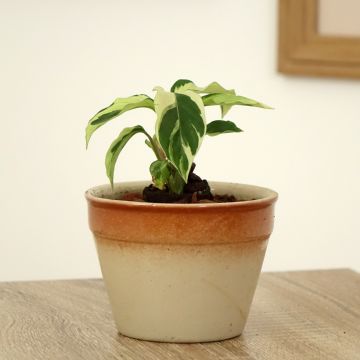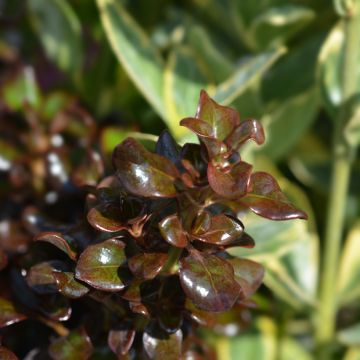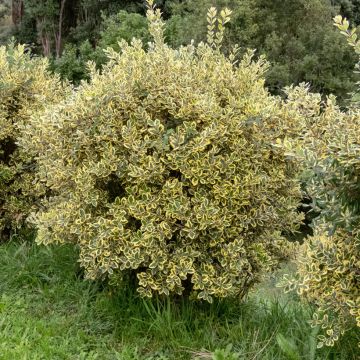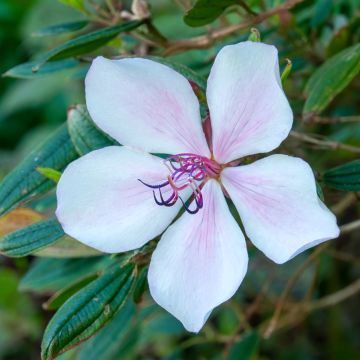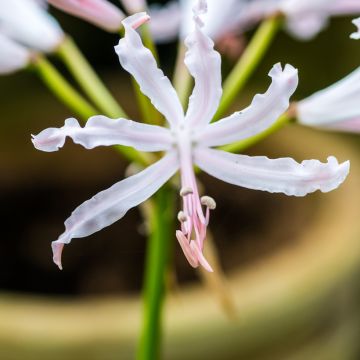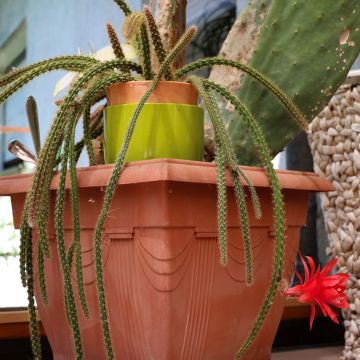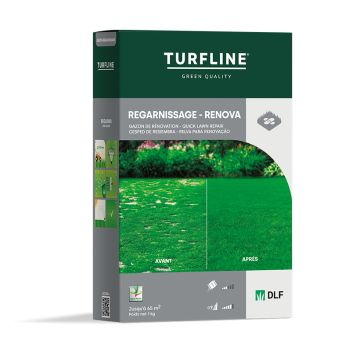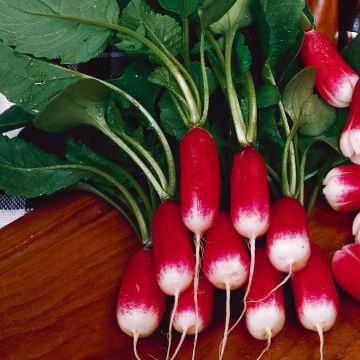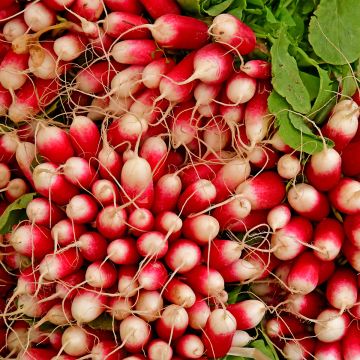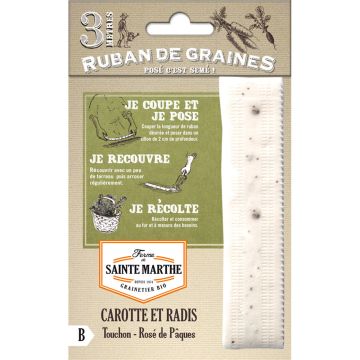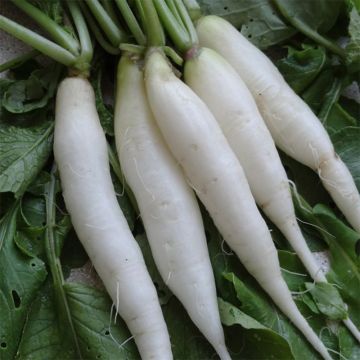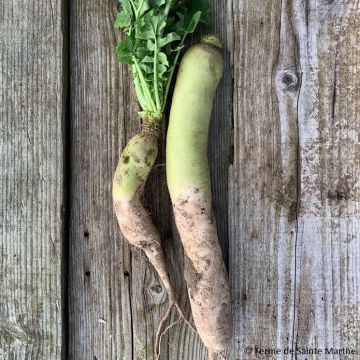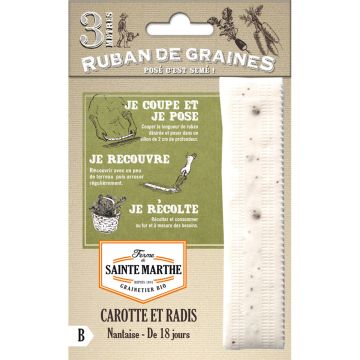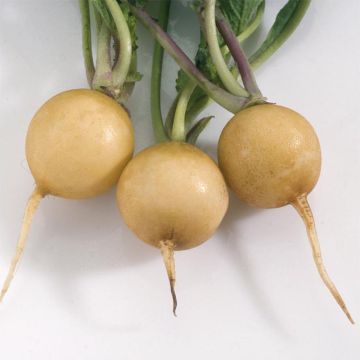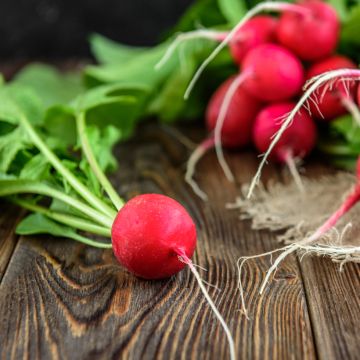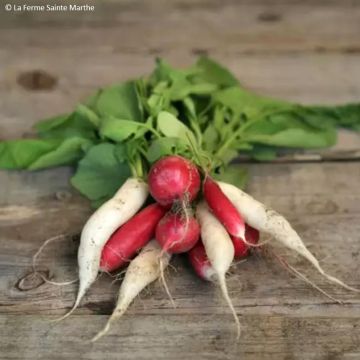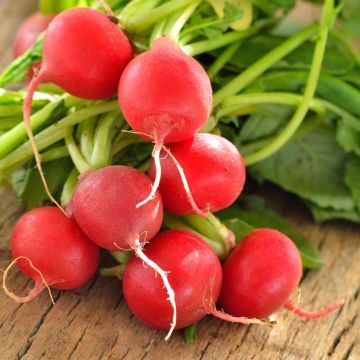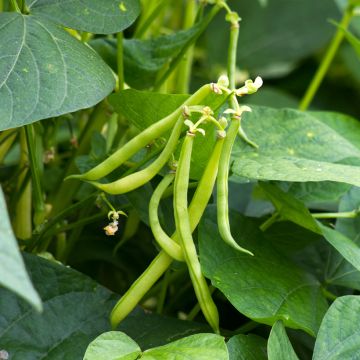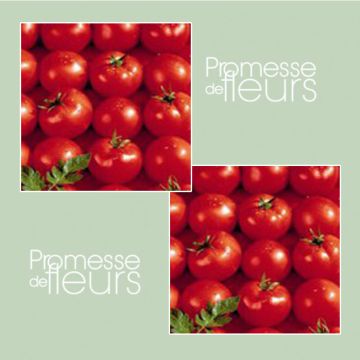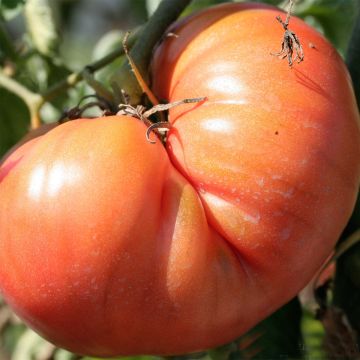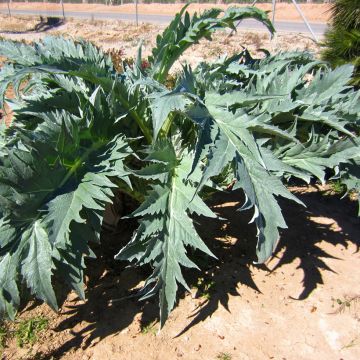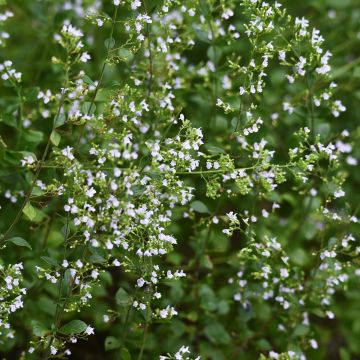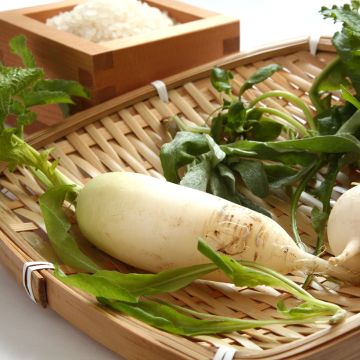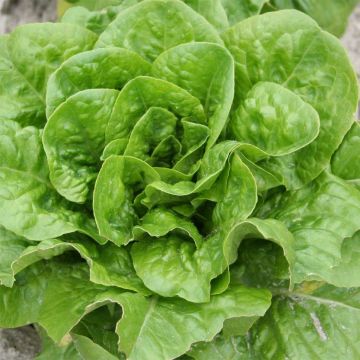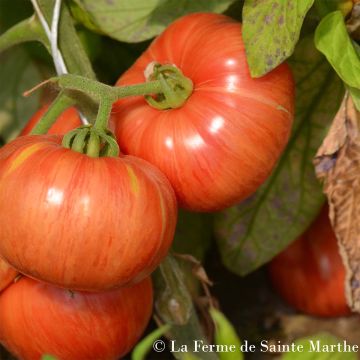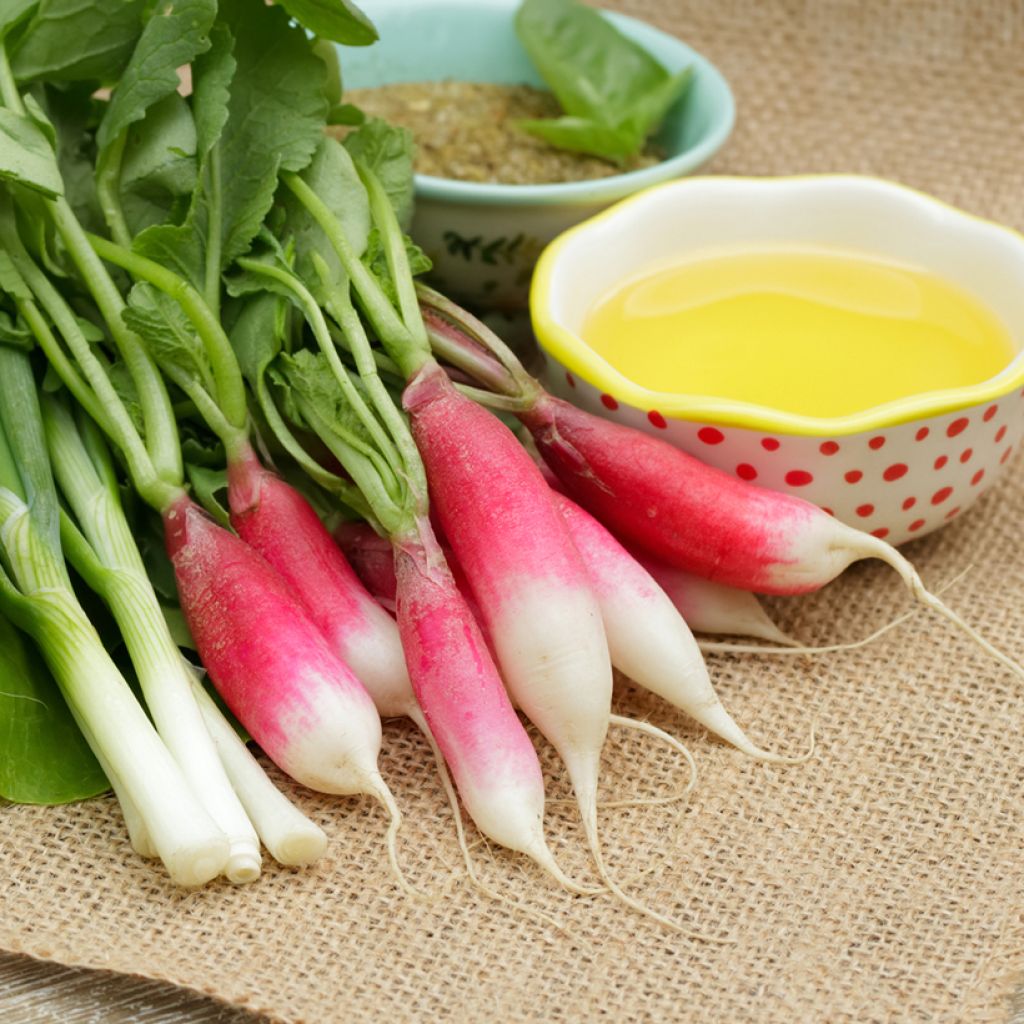

Half-long Apolo Radish - Vilmorin seeds
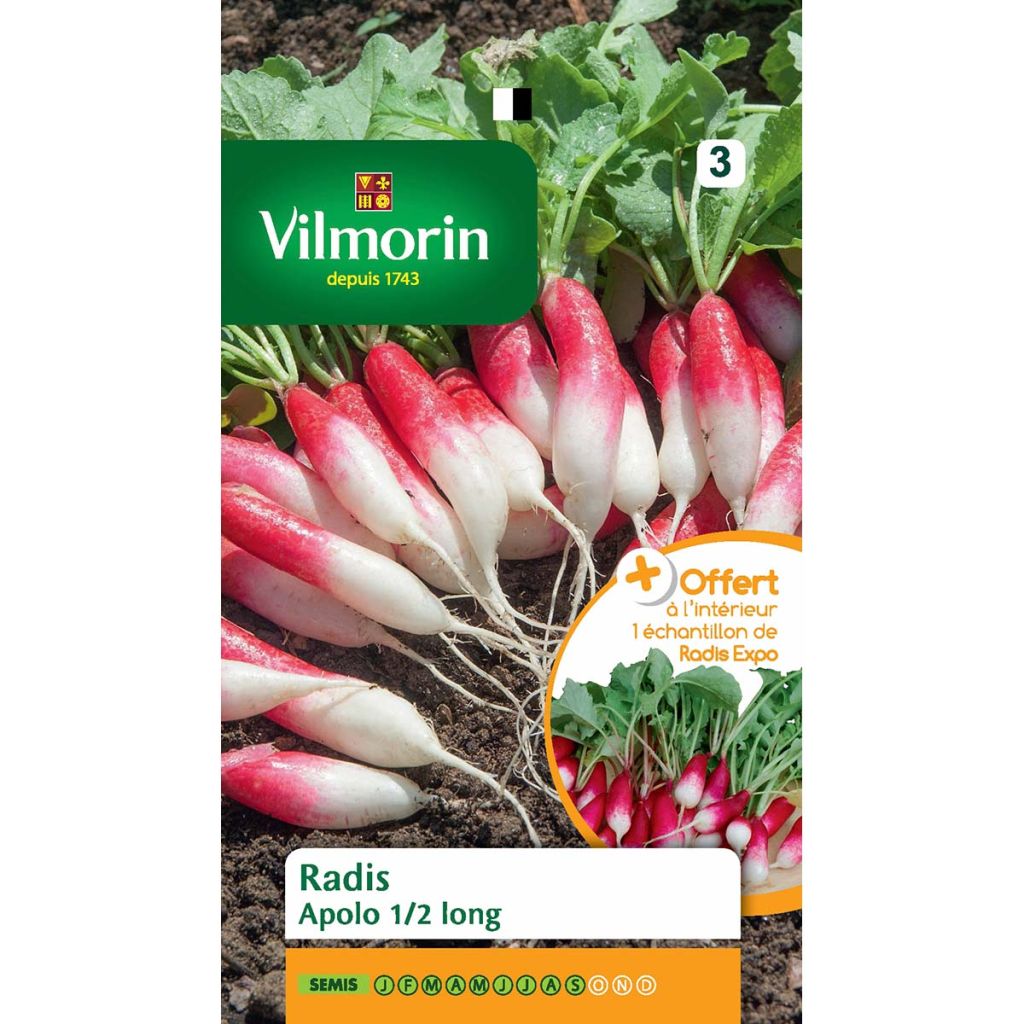

Radis 1/2 long Apolo (Création Vilmorin) - Vilmorin
Half-long Apolo Radish - Vilmorin seeds
Raphanus sativus sativus 1/2 long Apolo
Radish, Garden Radish
Why not try an alternative variety in stock?
View all →This plant carries a 6 months recovery warranty
More information
We guarantee the quality of our plants for a full growing cycle, and will replace at our expense any plant that fails to recover under normal climatic and planting conditions.
Seed-only orders are dispatched by sealed envelope. The delivery charge for seed-only orders is €3.90.
Description
The 'Apollo' 1/2 long radish is a variety that produces semi-long radishes, with a bright red colour and a large white tip, which do not become pungent.
The radish is a fairly hardy annual or biennial vegetable plant. It belongs to the Brassicaceae family and its raw root is mainly consumed, as well as its freshly picked leaves that enhance soups. There are radishes of different colours, from red for the most common ones, but also pink, white, or grey. They are generally classified into 2 main types: monthly radishes, represented by varieties with small roots, and winter radishes, represented by varieties with long roots.
Japanese radishes or "daikon" radishes are also found, which have a long, white, and conical root, sometimes marketed as turnips. Winter radishes have a large taproot with a black, pink, or purple skin. Its flesh is white. Its leaves are green and divided, forming a compact tuft at the base of the plant. Its taste is much stronger than that of monthly radishes. With a pungent flavour, it can be enjoyed cooked, like turnips, or raw, like carrots. Winter radishes have many virtues: they contain vitamin C and sulphur, as well as phosphorus and magnesium. They are anti-scorbutic and diuretic and are recommended for people suffering from liver and gallbladder problems.
Harvesting and storage:
The harvest of monthly and summer radishes takes place 4 to 6 weeks after sowing. Harvests should be regular as soon as the radishes are formed, without letting them grow too big, to limit the risk of them becoming hollow, pungent, or indigestible. Monthly or summer radishes should be consumed quickly. The freshly harvested leaves can be cooked into a delicious soup.
The harvest of winter radishes takes place 4 to 5 months after sowing. Harvest by gently lifting with a fork-spade and let them dry on the ground before bringing them in. If they remain in the ground during winter, cover the soil with straw.
The gardener's tip:
Sow radishes and carrots on the same row and at the same time, which naturally separates the carrot seeds. Once the radish harvest is done, it will leave space for the carrots to grow. Accompanied by mint, radishes will be less prone to attacks from flea beetles, insects that feed on the leaves and create small irregular holes.
To have crunchy radishes throughout the season, it is good to spread out the sowings every 2 to 3 weeks, in your garden or in pots.
Harvest
Plant habit
Foliage
Botanical data
Raphanus
sativus
sativus 1/2 long Apolo
Brassicaceae
Radish, Garden Radish
Cultivar or hybrid
Annual
Other Radish seeds
View all →Planting and care
Sowing:
Small-rooted radishes are very easy to grow. Direct sow the seeds in rows or lightly scatter in well-loosened soil. Round radish seeds are covered with a very fine layer of soil. French breakfast type varieties are covered with 2cm of potting mix or fine soil. Firm down lightly with the back of a rake and water gently. Keep the soil moist until germination.
Radishes can be sown all year round, preferably from late winter to early summer (except during dry spells), and then in late summer/early autumn, when the soil is still warm and before the first frosts. Grow your radishes in open, sunny sites with light shade during the hot summer months. Water little but often.
Forcing varieties:
Sow as early as February under a cold frame or low tunnel until frosts are no longer to be feared. Early radish seeds can be lightly scattered rather than sown in rows.
Spring and summer radishes:
Sow as regularly as needed from May until late summer, or even early autumn in warmer climates. Direct sow in rows, spaced 10 to 20cm apart.
Winter radishes:
Direct sow from June to November depending on the climate, in rows spaced 20 to 30cm apart.
Care:
Once the seedlings have emerged, they need to be thinned out. This consists in removing the weakest plants and keeping only the most vigorous (every 4-5cm for small-rooted radishes, and 10-15cm for large-rooted radishes).
The soil needs to be kept cool and moist by regular watering. Make sure to hoe, weed and mulch your plants for milder, less fiery-tasting radishes. Moreover, constant soil moisture helps prevent flea beetles from damaging your crops as they thrive in hot, dry conditions.
Seedlings
Care
Intended location
-
, onOrder confirmed
Reply from on Promesse de fleurs
Similar products
Haven't found what you were looking for?
Hardiness is the lowest winter temperature a plant can endure without suffering serious damage or even dying. However, hardiness is affected by location (a sheltered area, such as a patio), protection (winter cover) and soil type (hardiness is improved by well-drained soil).

Photo Sharing Terms & Conditions
In order to encourage gardeners to interact and share their experiences, Promesse de fleurs offers various media enabling content to be uploaded onto its Site - in particular via the ‘Photo sharing’ module.
The User agrees to refrain from:
- Posting any content that is illegal, prejudicial, insulting, racist, inciteful to hatred, revisionist, contrary to public decency, that infringes on privacy or on the privacy rights of third parties, in particular the publicity rights of persons and goods, intellectual property rights, or the right to privacy.
- Submitting content on behalf of a third party;
- Impersonate the identity of a third party and/or publish any personal information about a third party;
In general, the User undertakes to refrain from any unethical behaviour.
All Content (in particular text, comments, files, images, photos, videos, creative works, etc.), which may be subject to property or intellectual property rights, image or other private rights, shall remain the property of the User, subject to the limited rights granted by the terms of the licence granted by Promesse de fleurs as stated below. Users are at liberty to publish or not to publish such Content on the Site, notably via the ‘Photo Sharing’ facility, and accept that this Content shall be made public and freely accessible, notably on the Internet.
Users further acknowledge, undertake to have ,and guarantee that they hold all necessary rights and permissions to publish such material on the Site, in particular with regard to the legislation in force pertaining to any privacy, property, intellectual property, image, or contractual rights, or rights of any other nature. By publishing such Content on the Site, Users acknowledge accepting full liability as publishers of the Content within the meaning of the law, and grant Promesse de fleurs, free of charge, an inclusive, worldwide licence for the said Content for the entire duration of its publication, including all reproduction, representation, up/downloading, displaying, performing, transmission, and storage rights.
Users also grant permission for their name to be linked to the Content and accept that this link may not always be made available.
By engaging in posting material, Users consent to their Content becoming automatically accessible on the Internet, in particular on other sites and/or blogs and/or web pages of the Promesse de fleurs site, including in particular social pages and the Promesse de fleurs catalogue.
Users may secure the removal of entrusted content free of charge by issuing a simple request via our contact form.

































